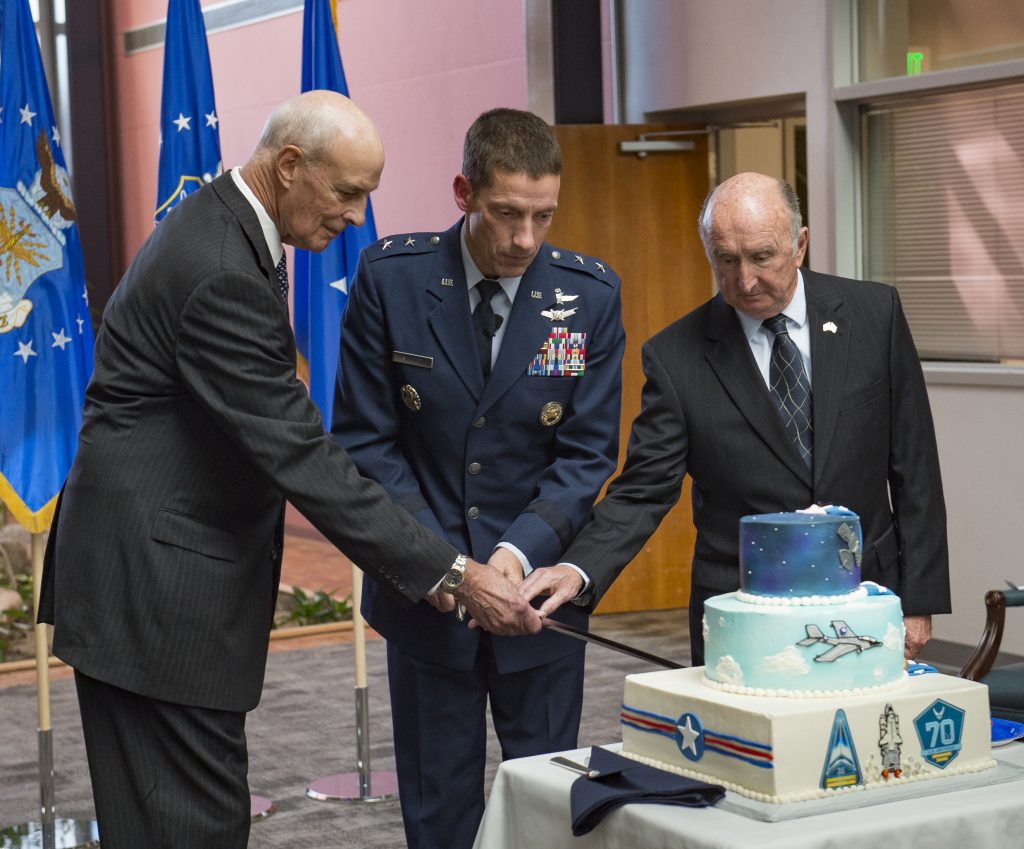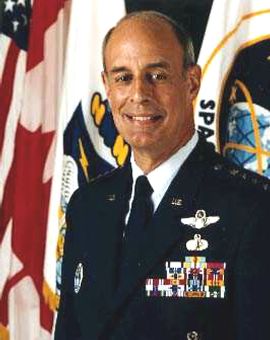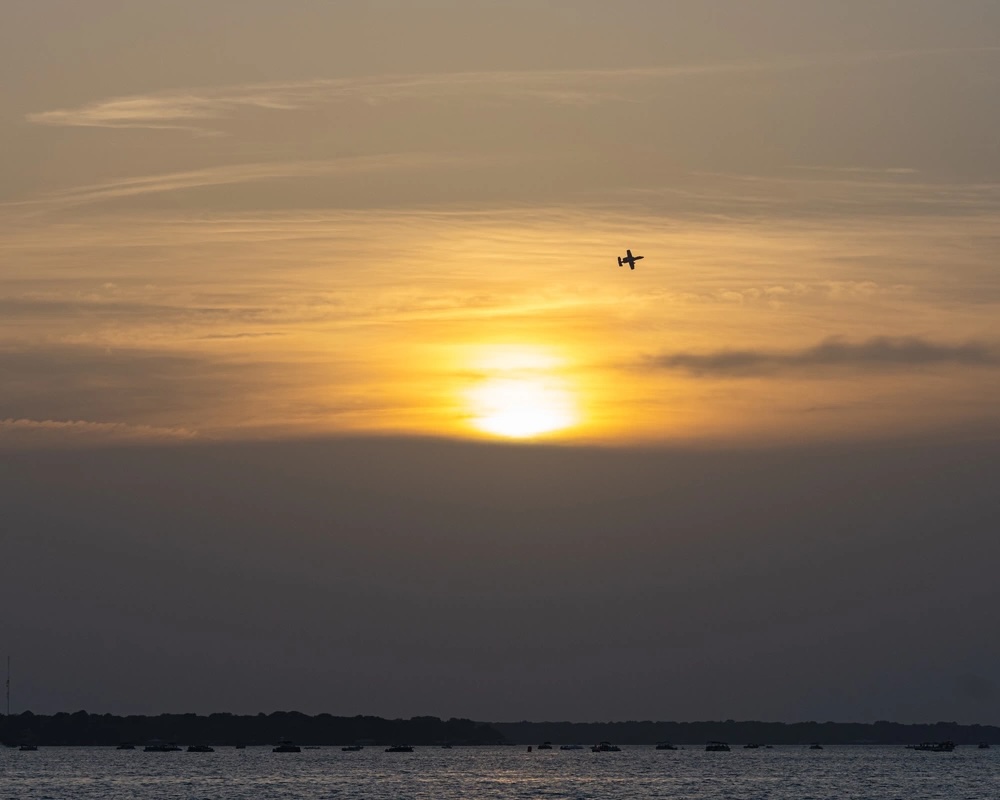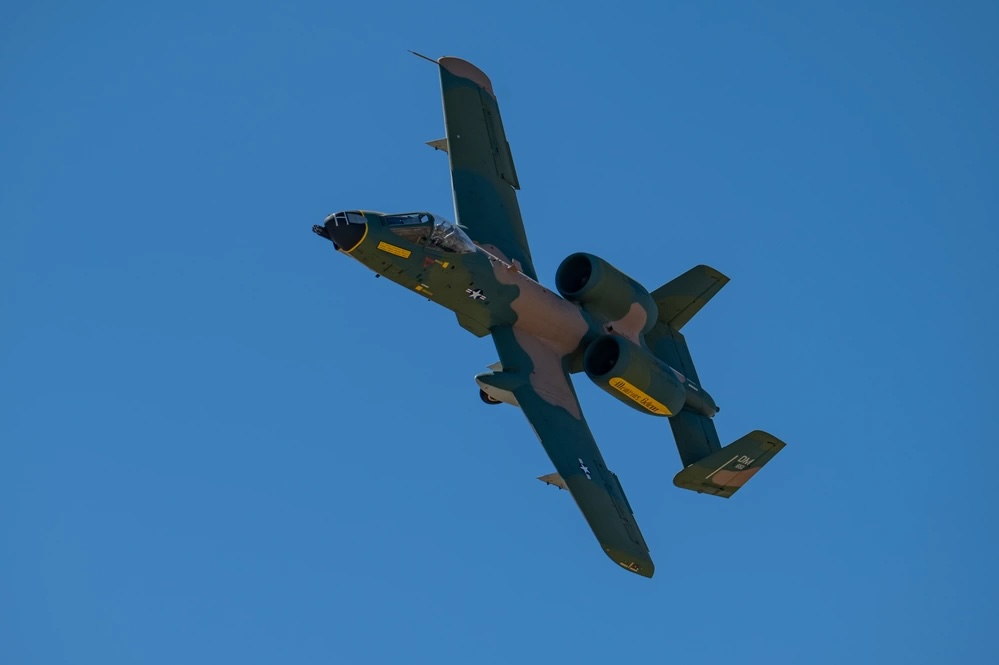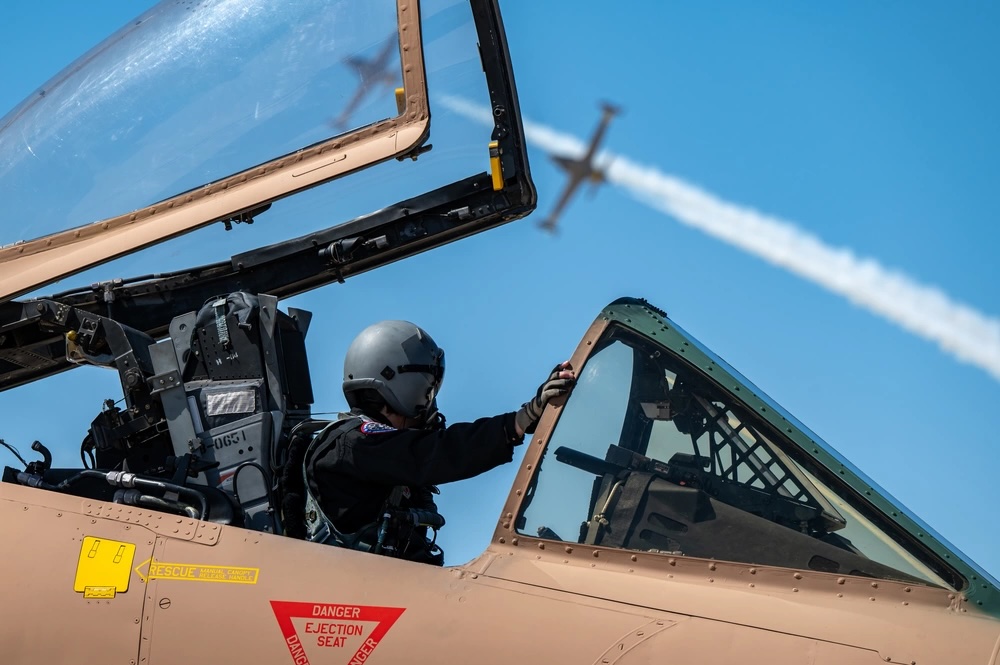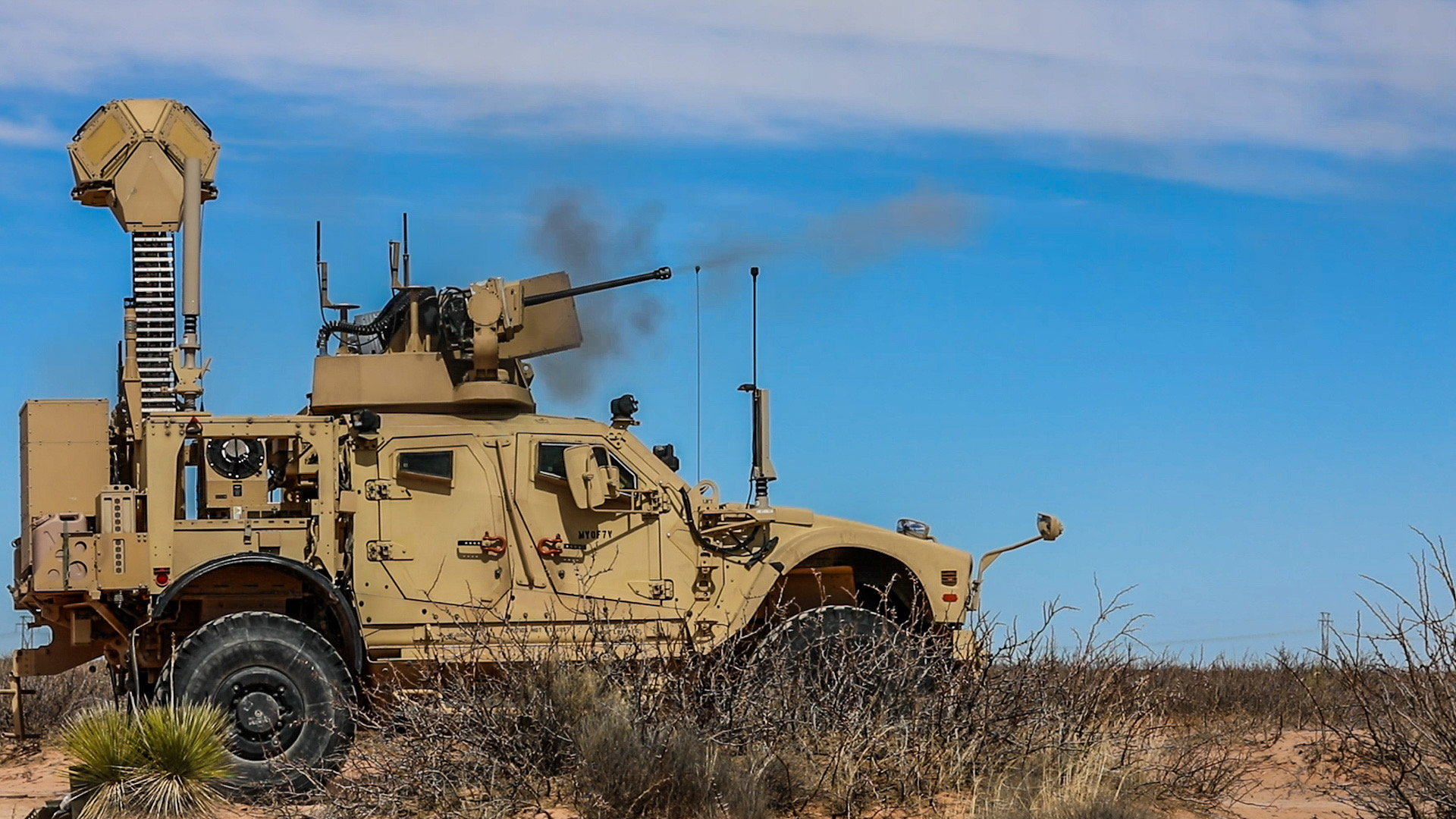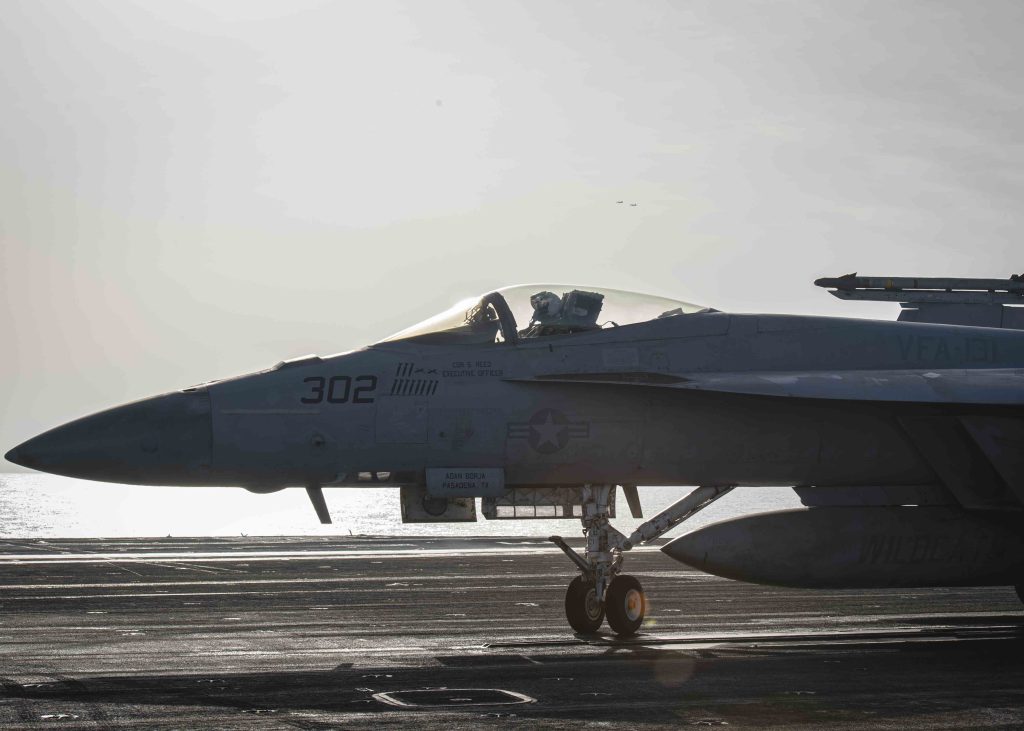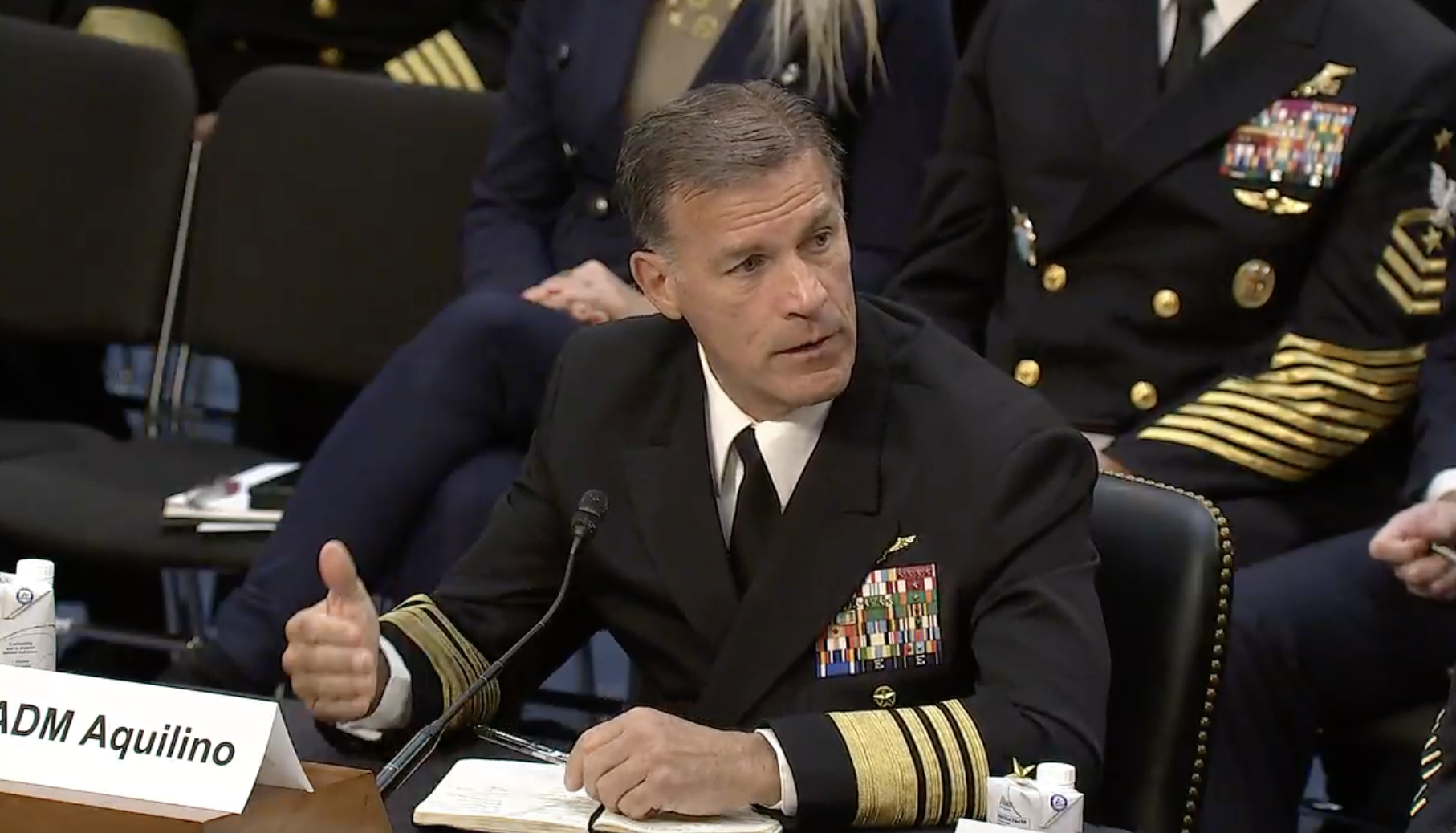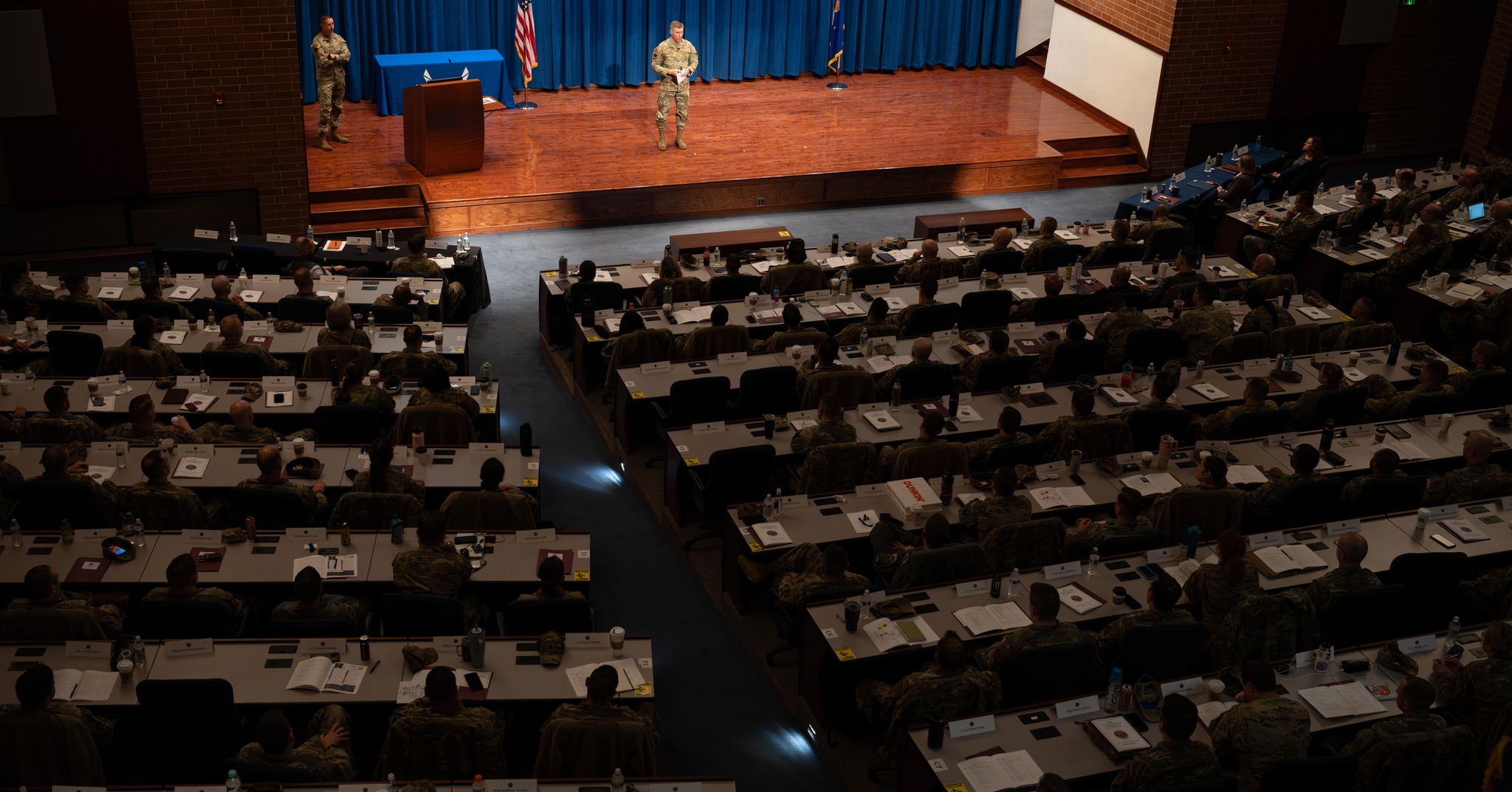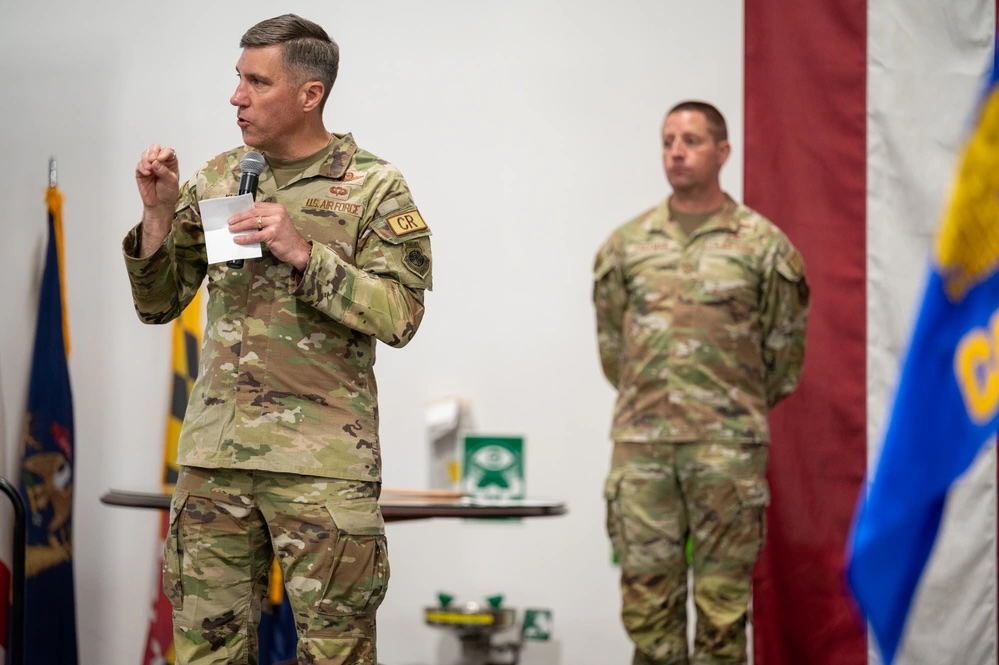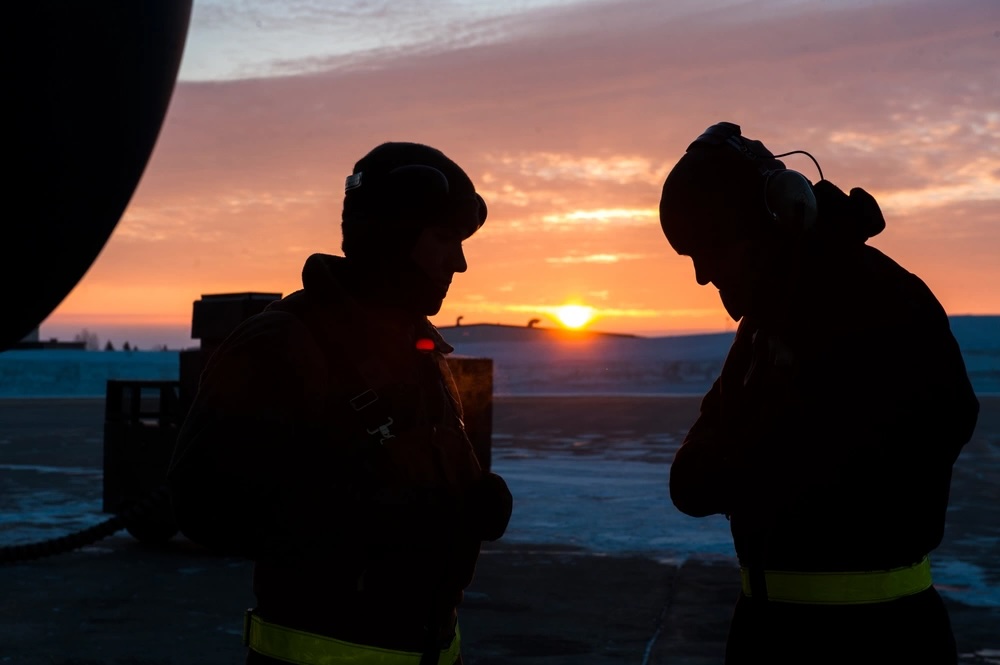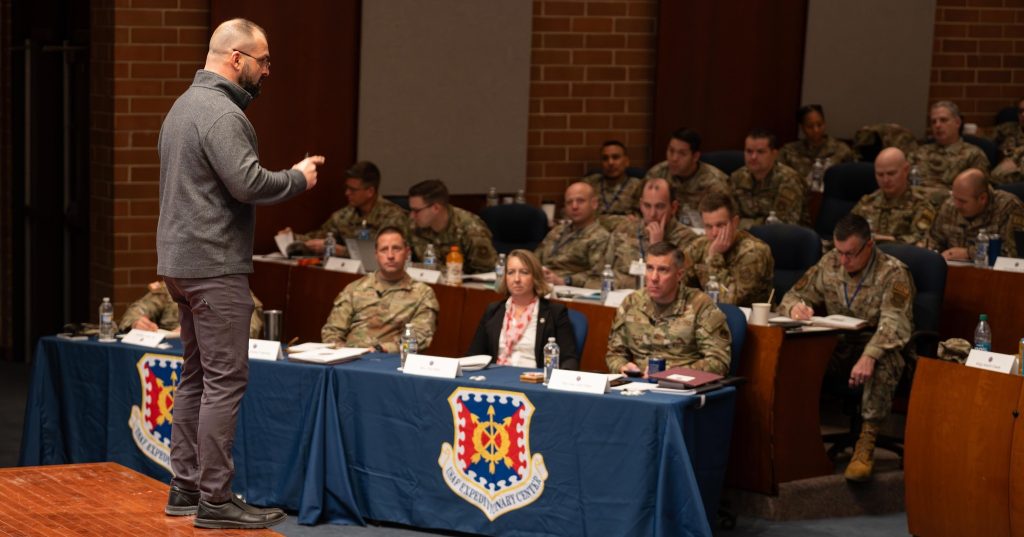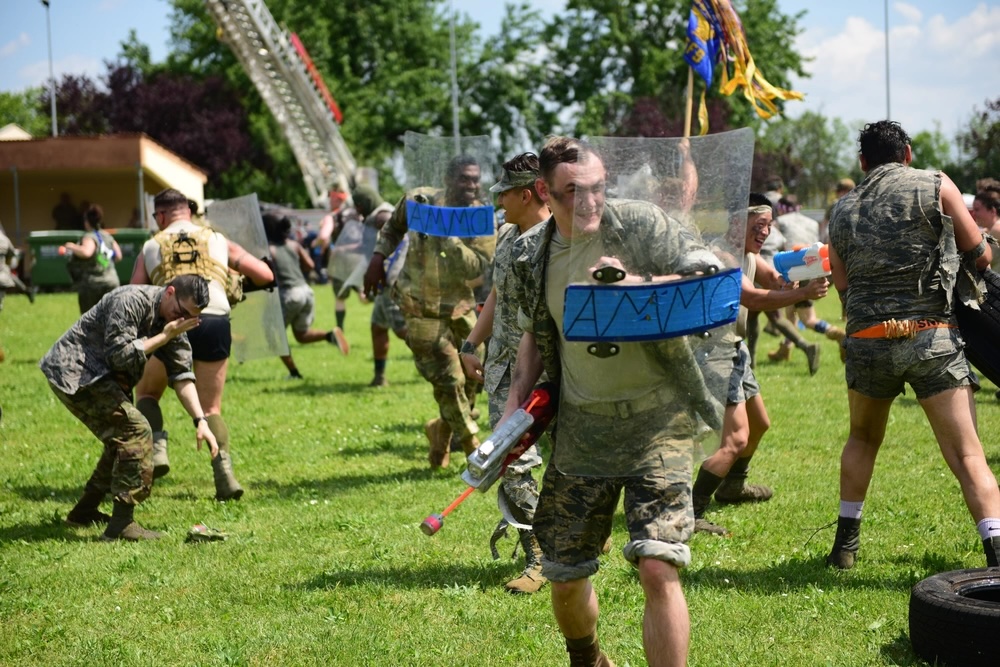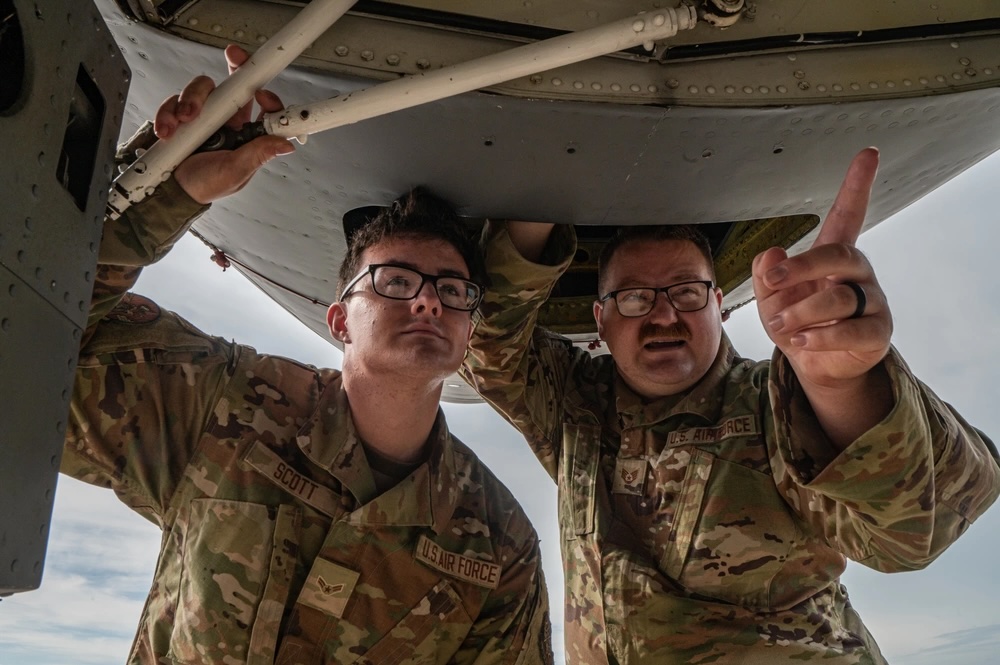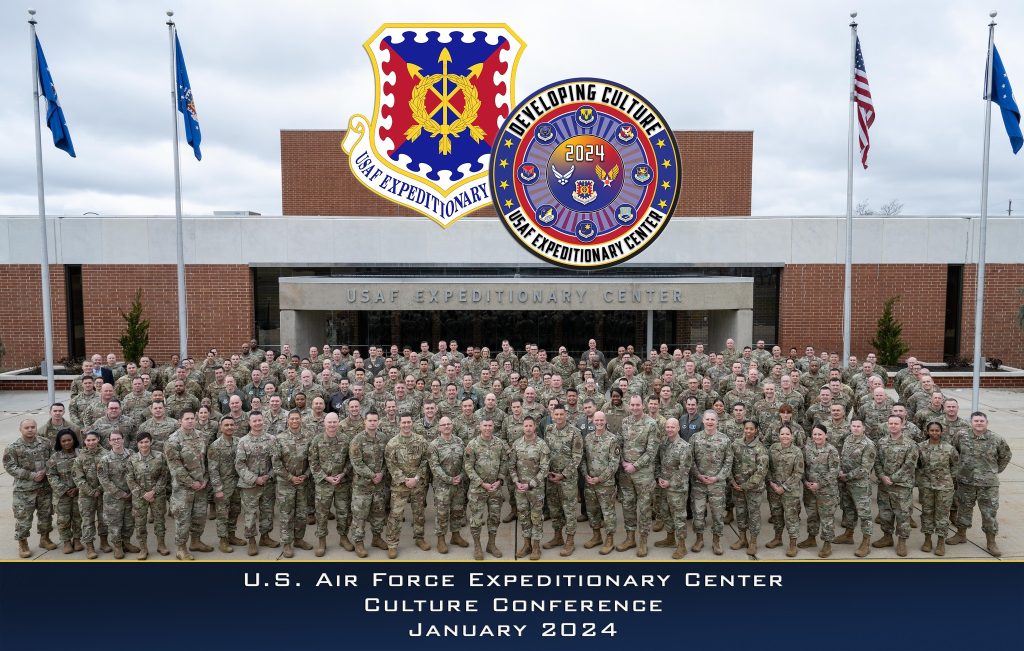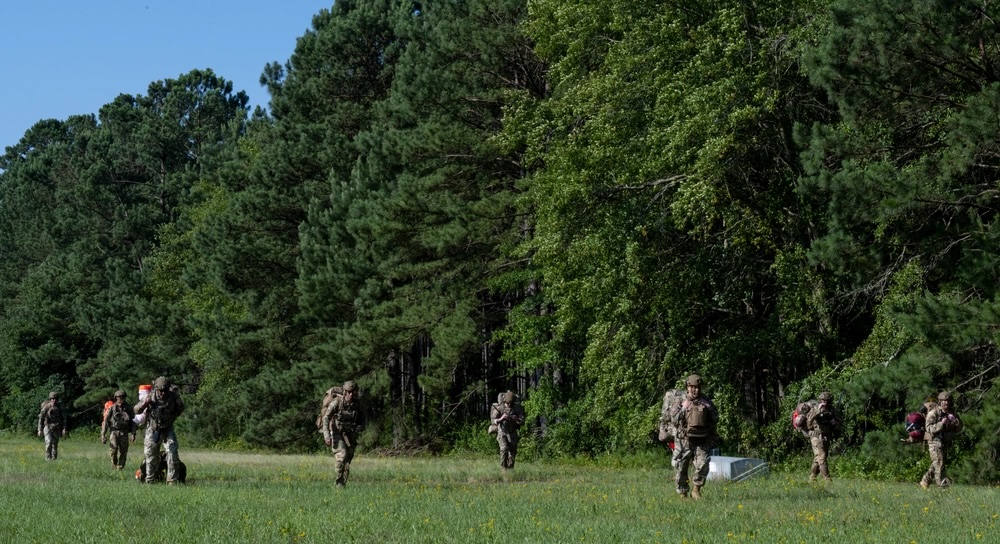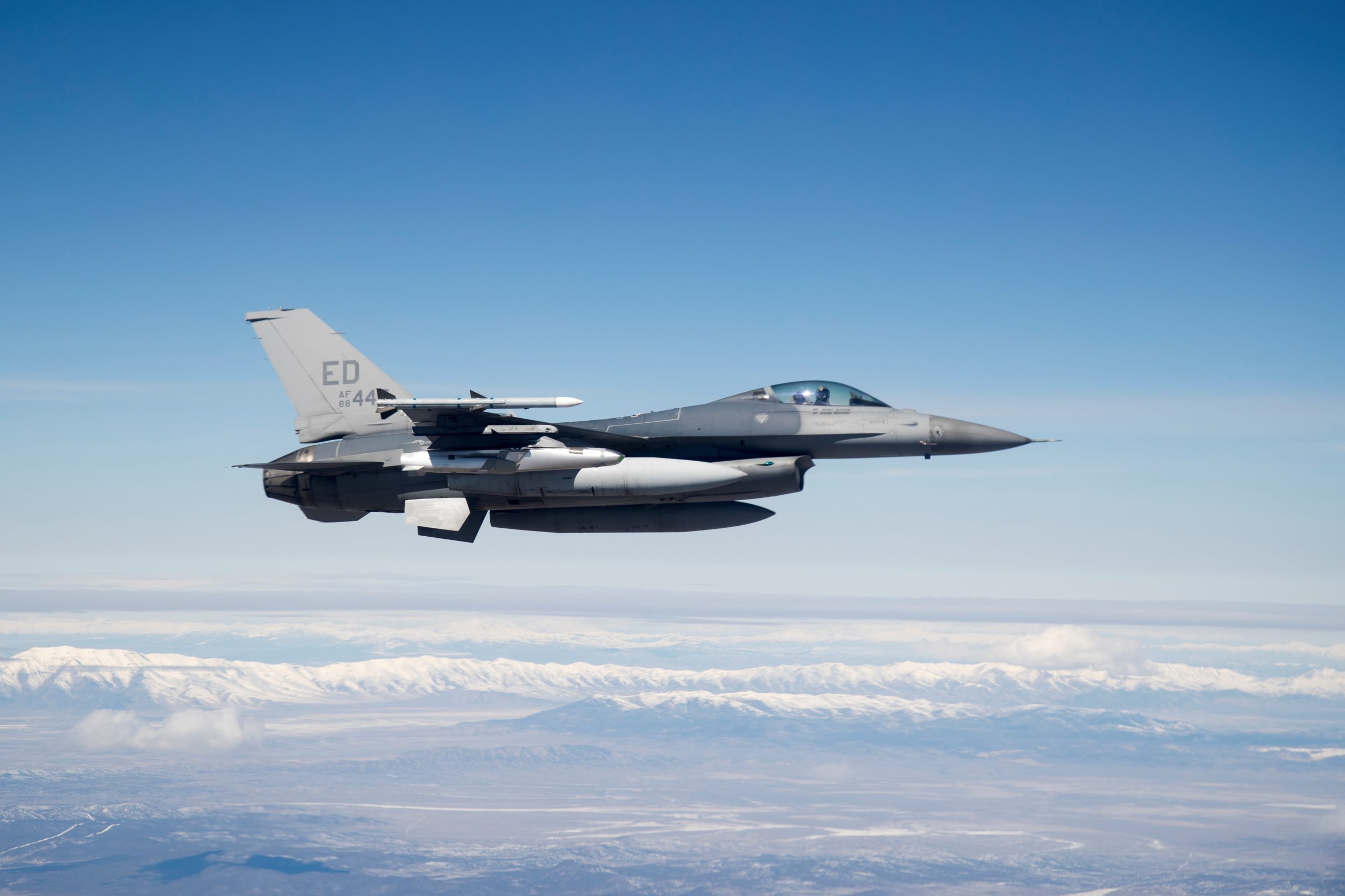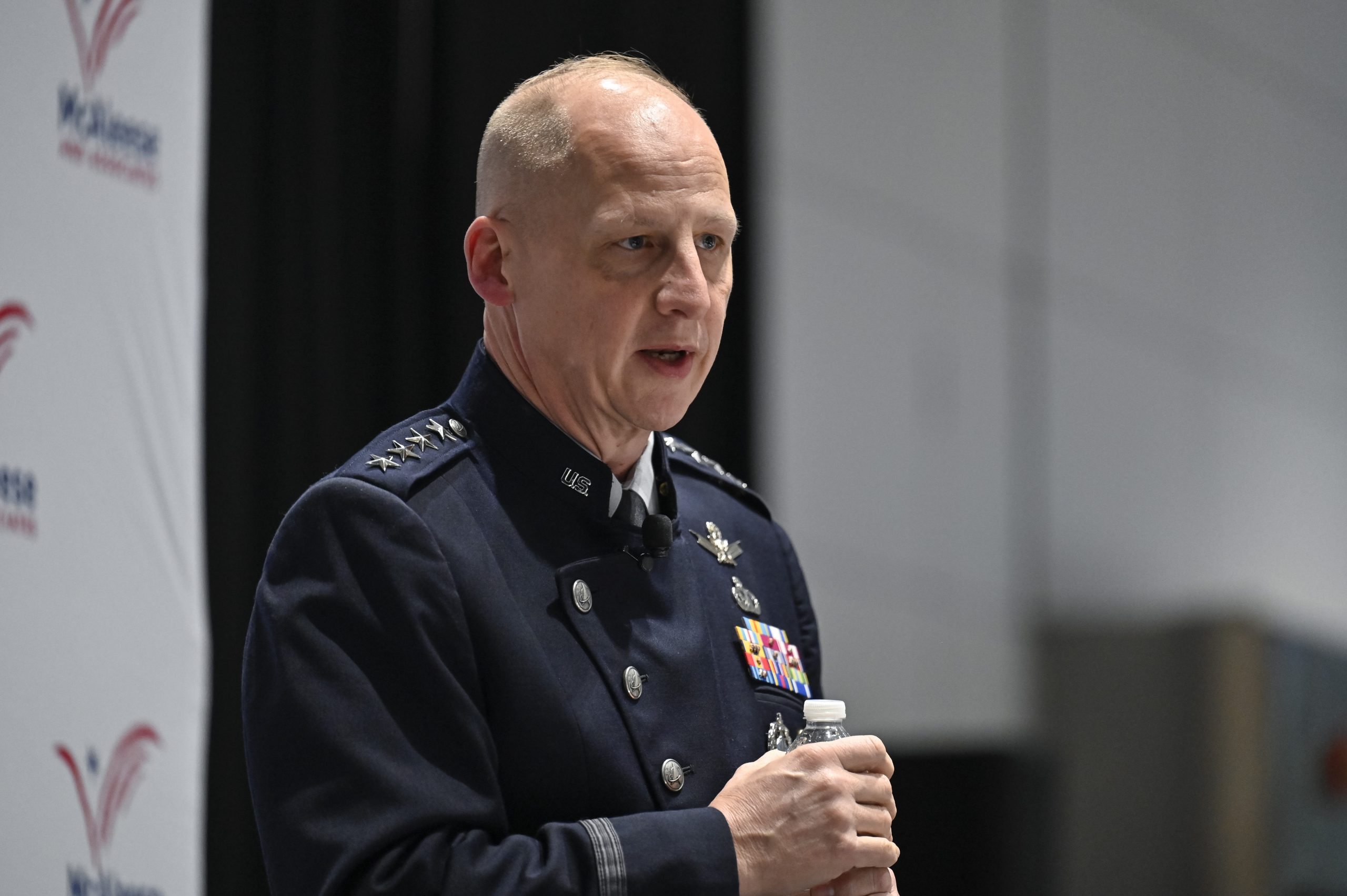Gen. Howell M. Estes III, who served as the triple-hatted commander-in-chief of NORAD, U.S. Space Command, and Air Force Space Command in the late 1990s, died March 18.
Estes held a number of key jobs in the Air Force and the Department of Defense, notably as the Director of Operations for the Joint Staff and deputy chief of staff for Strategic Air Command during the 1991 Gulf War. He was also one of the first commanders of the 4450th Tactical Group, which flew the highly secret F-117 attack jet in the years before the stealth aircraft was publicly revealed.
Estes was born in San Antonio, Texas, and grew up as a self-described Air Force brat; his father, Howell Estes Jr., was an Air Force officer who also rose to the four-star rank and concluded his career as head of Military Airlift Command. Estes III graduated the Air Force Academy in 1965, and after earning his wings, was assigned as a backseat pilot in the F-4 Phantom II, which was then the Air Force’s newest frontline fighter.
After a stateside tour, he deployed to Korat Royal Thai Air Base, Thailand, and flew as lead pilot in 169 combat missions in the Vietnam conflict, earning a Distinguished Flying Cross, ten Air Medals, and the Air Force Outstanding Unit Award with the V device for valor.
After Vietnam, Estes flew in the European theater and then served as a staff officer in U.S. Air Forces in Europe. Estes wrote “Strategic and Doctrinal Implications of Deep Attack,” a concept of operations for the defense of Central Europe. He then commanded a training unit and a maintenance unit, served as a maintenance officer and a deputy wing commander.
After a stint at the Air War College—during which he also earned a Master’s in public administration from Auburn University—and the National War College, Estes was chosen to command the 4450th Tactical Group.
From 1984 to 1986, he built the secret F-117 stealth fighter unit up to nearly its ultimate size, developing tactics and preparing the aircraft for combat operational status. During that period, the 4450th flew the F-117 only at night and mostly over restricted areas to help conceal it. The unit flew the A-7 Corsair II both as a companion trainer for daylight proficiency training and as cover for its secret activities. Howell said this assignment was the “most exciting,” challenging, and rewarding of his career, after which he was promoted to brigadier general.
He spent a year as special assistant to the chief of staff, Supreme Headquarters Allied Powers, Europe, and then commanded the 14th Air Division of Strategic Air Command. That was followed by work on the Air Staff as the director of plans and programs for the deputy chief of staff for plans and resources, and then the operations deputy for headquarters, SAC at Offutt Air Force Base, Neb. In that capacity, he supported B-52 missions in Operation Desert Storm.
After another planning stint at the Air Staff, he was named commander of 7th Air Force, a multi-hatted assignment which included being the deputy commander of U.S. Forces Korea; the commander of the Air Component Command for the combined U.S.-Korean air forces; and deputy commander-in-chief, United Nations Command at Osan Air Base.
From there he took on the director of operations job for the Joint Staff, from late 1994 to August 1996.
Estes was then promoted to general and took on the multi-hatted command of NORAD, and U.S. and Air Force Space Commands. As commander of NORAD, he was responsible for U.S. and Canadian air sovereignty, as well as for providing tactical warning and attack assessment across the North Pole. As the U.S. space commander, he directed space control and support operations, including theater missile defense, and as the Air Force space commander he directed satellite control, space launch and ballistic missile operations, as well as all the support bases and facilities for those missions.
Estes retired from the Air Force on Oct. 1, 1998. Across his career he amassed more than 4,500 flight hours and flew the F-4, A-7, F-117, F-16 and EC-135.
In retirement, Estes served on many corporate boards, including The Aerospace Corporation; Analytical Graphics; DigitalGlobe, of which he became chairman of the board in 2011; MAXAR Technologies, where he was elected chairman in 2019; and the Space Foundation. He was also a consultant to Northrop Grumman and ITT, and served as an advisor to the Defense Science Board and various other blue-ribbon commissions.
